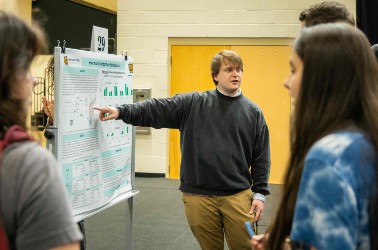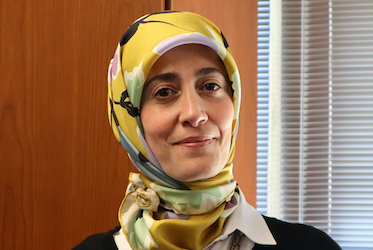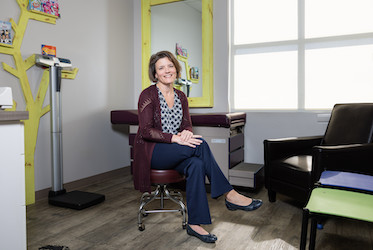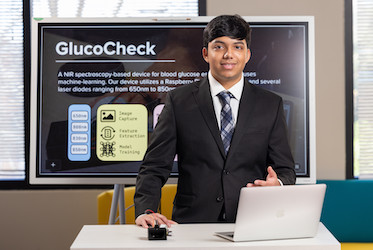
Professor blends engineering and healthcare through research
KENNESAW, Ga. | Oct 5, 2020
Though likely not the first thing to come to mind when discussing the field of engineering, Kennesaw State University associate professor Philippe Sucosky said there is much to unlock by viewing the human body from an engineer’s perspective.
The cardiovascular system, for instance, really isn’t all that different from the typical plumbing inside a house.
“You have a bunch of arteries and tubes connected together forming a complete system, so when you study the cardiovascular tree, there really isn’t much of a difference from studying the flow in a mechanical network of pipes,” said Sucosky, who teaches mechanical engineering in the Southern Polytechnic College of Engineering and Engineering. “The connection between engineering and healthcare is very literal in that sense.”

Since arriving in the U.S. in 1999 to earn his master’s and Ph.D. in mechanical engineering at the Georgia Institute of Technology, the French native has focused his research on the fluid mechanics of the human body. With a particular interest on the cardiovascular system, Sucosky’s research has been supported by the National Science Foundation and the American Heart Association, and he is currently supported by the National Institutes of Health. After joining the University in August, he brought with him the Multi-Scale Cardiovascular Bioengineering Laboratory, which explores the role played by mechanical forces in cardiovascular disease.
In particular, Sucosky and his students will study calcification in the aortic valve, which has historically been attributed to aging. Calcification is a condition in which calcium deposits form on the heart, narrowing the channel through which blood passes through and reducing flow. Outside of age, he believes there are other contributing factors that may speed the rate of calcification.
To test his theory, students in the Multi-Scale Cardiovascular Bioengineering Laboratory will run computational flow models in order to determine how blood passes in both normal and abnormal conditions. While a faculty member at Wright State University, he led a team of students in creating a flow loop system, an experimental method of collecting data, and in replicating the mechanical forces of the heart in order to observe how tissue reacts under certain conditions, both methods he hopes to introduce at KSU.
“We’ve been able to demonstrate that changes in the heart’s environment, such as an abnormality, can cause poor blood flow and actually promote the calcification process in the heart,” Sucosky said.
Having already recruited an engineering student to take part in the lab, Sucosky said he hopes to draw interest from students on both campuses, particularly those who study biology.
“Our lab will take a very interdisciplinary approach to research, and this opens the door for students of all areas to take part,” he said. “I believe there is still very much to uncover in this fledging segment of bioengineering, and I can’t wait to see what new discoveries unfold in the future.”
– Travis Highfield
Photos by Rob Witzel
Related Stories
A leader in innovative teaching and learning, Kennesaw State University offers undergraduate, graduate and doctoral degrees to its more than 45,000 students. Kennesaw State is a member of the University System of Georgia with 11 academic colleges. The university’s vibrant campus culture, diverse population, strong global ties and entrepreneurial spirit draw students from throughout the country and the world. Kennesaw State is a Carnegie-designated doctoral research institution (R2), placing it among an elite group of only 7 percent of U.S. colleges and universities with an R1 or R2 status. For more information, visit kennesaw.edu.



















